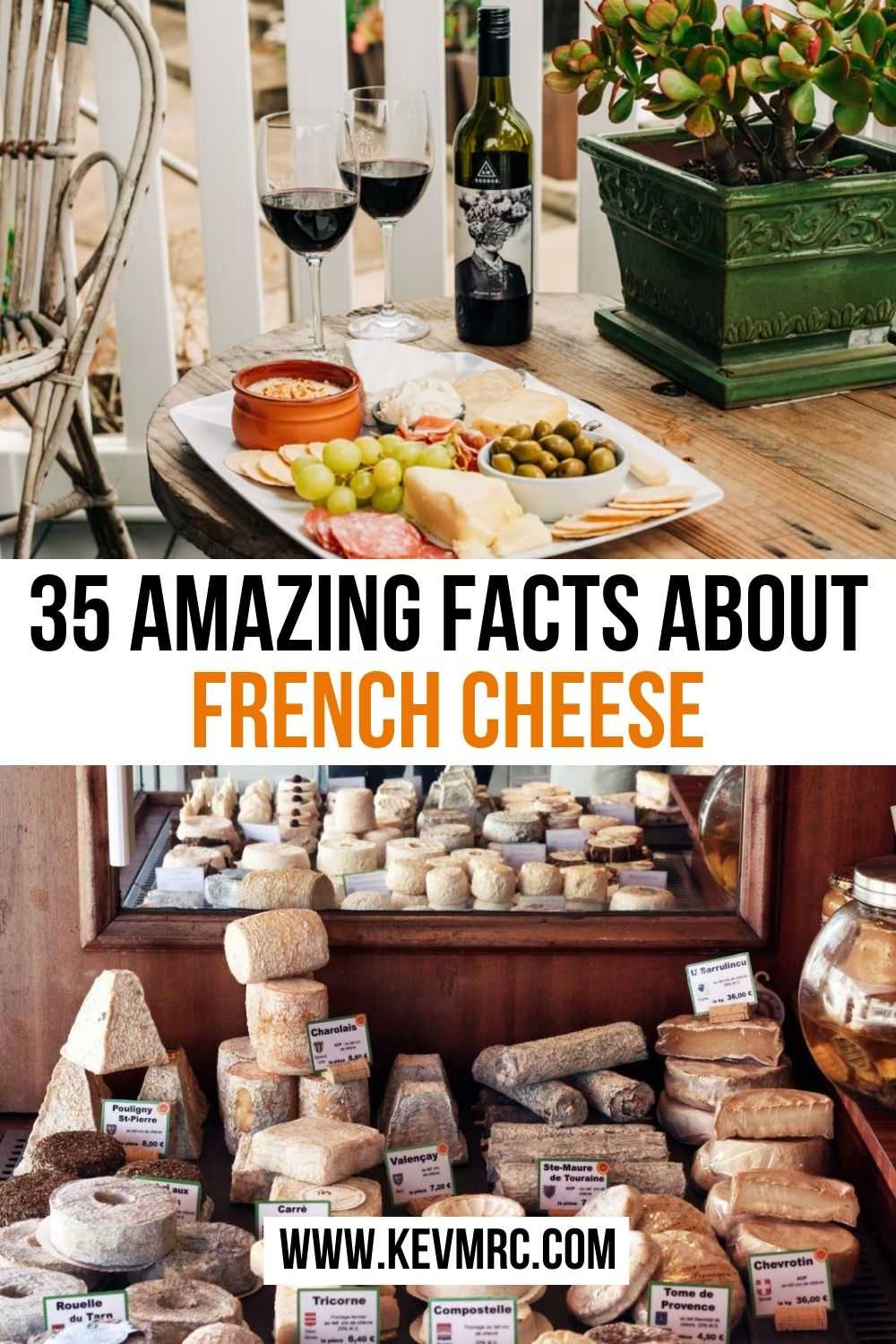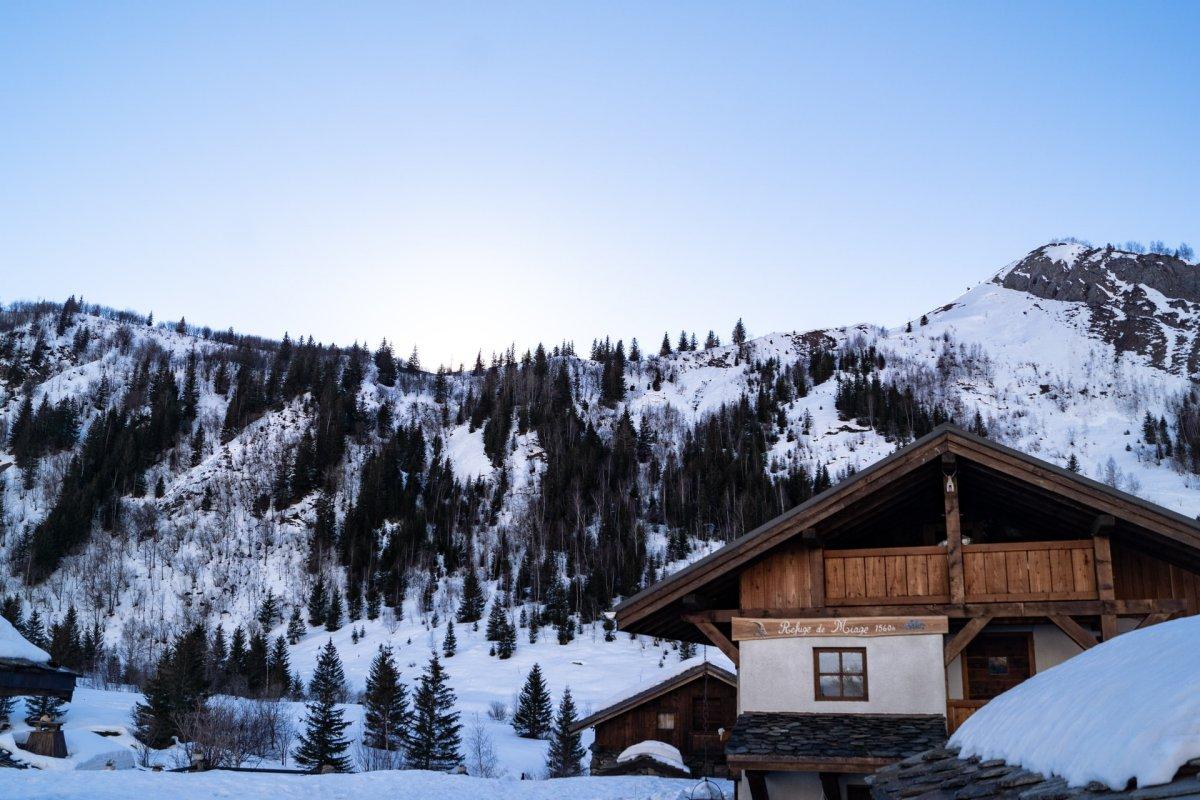35 Interesting Facts About French Cheese
Cheese in France is part of the gastronomic heritage and daily consumption habits of the French. With more than 20 kilos of cheese consumed per year and per person, the French people are among the largest cheese consumers in the world!
But did you know that there are more than 1,000 kinds of French cheese? Or that there is a strong etiquette for eating cheese in France?
Learn more through these 35 interesting facts about French cheese! 🧀
The Best French Cheese Facts
Cheese is a very important part of French cuisine. It is delicious, and there are lots of facts that you probably don’t know about.
That is exactly why I made a list of the best French cheese facts: enjoy!
1. The origins of cheese are not very clear
It is very hard to know when cheese first appeared. Maybe it happened by accident, maybe it was discovered way earlier than we might think, we will probably never know.
In any case, it is a huge part of the history of France, and its evolution can be used to determine several things like the development of technologies for instance.
2. There are more than 1,000 types of cheese in France
Can you really say you do not like any cheese whatsoever?
There are over a thousand types of cheese in France! Different milks are being used, and the taste varies a ton from one to another. Each region has its own speciality, and the climate is also important. According to a recent study, 96 percent of French people regularly eat cheese.
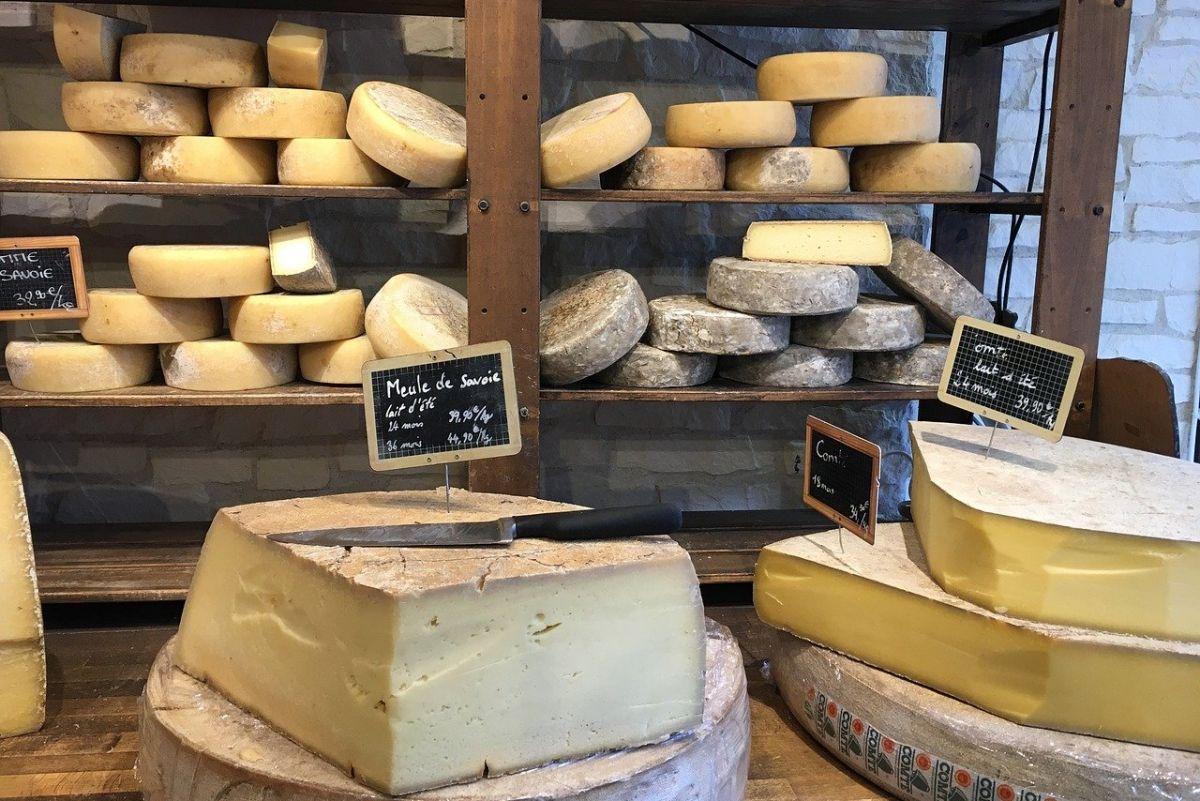
3. French cheese has a very good reputation
Almost everyone (except for allergic people, mostly) loves cheese in France. It is extremely popular and lots of French people know lots of types of cheeses, on top of knowing their original regions of production.
Because the French love cheese in general, rather than a particular type, it has always had a very special place on the dinner table.
4. François Rabelais included cheese in his Holy Trinity of the French table
According to legend, François Rabelais, a French writer and priest, invented the expression “Holy Trinity of the French table”. In there, he included the classic cheese, wine and bread.
It is said that he really enjoyed eating good food, and these three types of food are so good that he associated them with his faith. You should definitely taste it, you won’t need any preparation for the Trinity!
Read more: Discover more facts about all French food
5. French cheese has a positive image in terms of health
Not only do people love and respect French cheese for its excellent taste and for the moments of sharing it provides, but it is also reputed for being very healthy.
While some people consider them to be fatty food with calories and cholesterol, overall French people consider cheese as an important part of any meal, with all the calcium and proteins it provides.
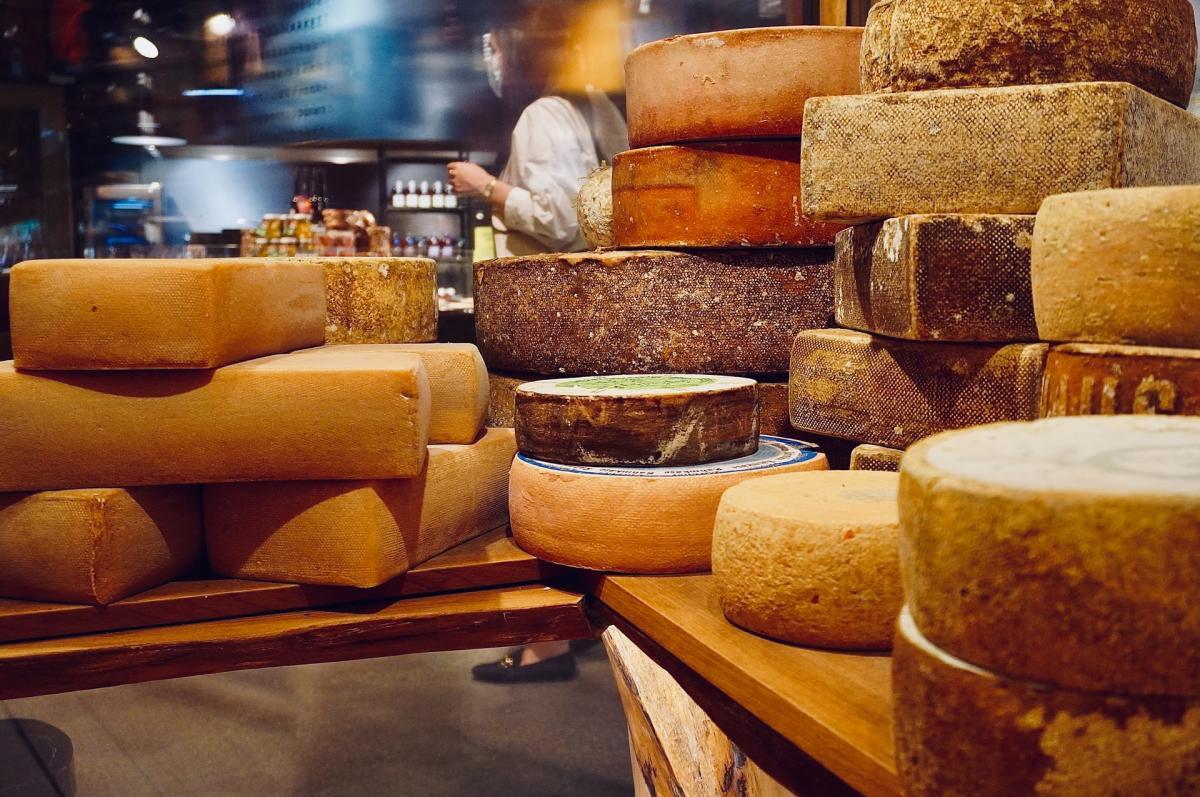
6. Cheese is intensively consumed in France
You already know that almost everyone in France (96 percent) eats cheese regularly. More precisely, on a daily basis, there are 47 percent of French people eating cheese.
The average consumption is around 26.7 kg per person per year! You can divide this consumption into three main parts: heavy consumers (eating cheese all day long, 1 in 4 French people), average consumers (eating cheese once or twice a day, 42% of the French) and light consumers (eating cheese less than once a day, 31% of the French).
7. The first way of producing cheese is the farm way
There are three main ways of producing cheese in France. The first ones are farm cheeses.
These are cheeses made on the farm by… a farmer. It is only made with the production of the animals of this one farm. They are usually made by experts, whether it is a family or ancient know-how, farmers know what they are doing.
8. The second way of producing cheese is the artisanal way
There are three main ways of producing cheese in France. The second ones are artisanal cheeses.
These made the second, deeper step of cheese production. They are made by an artisan who buys cheese from one or several farmers. Milk comes in a refrigerated state, and the artisan then produces cheese with it. Their workshop is quite modest and not that mechanized.
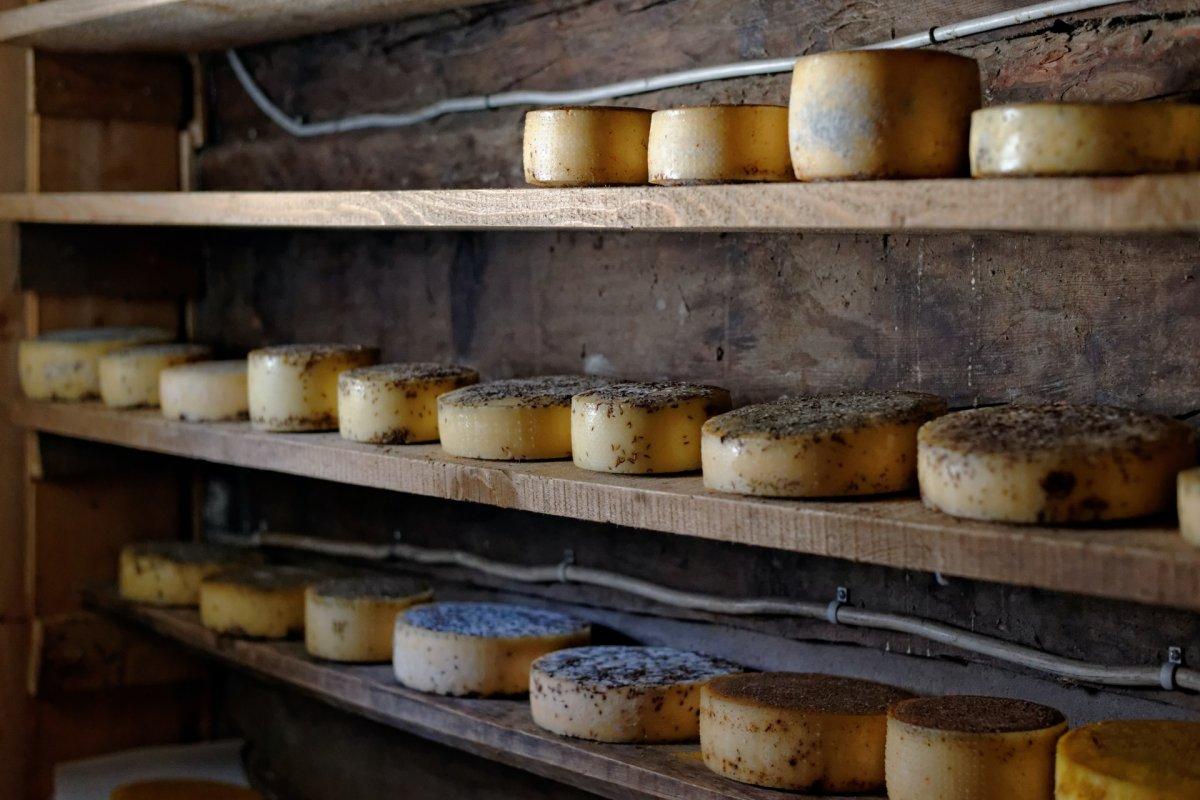
9. The third way of producing cheese is the industrial way
There are three main ways of producing cheese in France. The third ones are industrial cheeses.
This is, unsurprisingly, the most complex way of producing cheese. Medium or large industrial units make very diverse sorts of cheeses, often as mass production, which you can associate quite easily to junk food. Less tasty, but at least everyone gets to enjoy it.
10. You can buy cheese everywhere in France
Cheese can be bought in three main different places in France: the traditional open-air markets, the specialist cheesemonger and supermarkets.
In the open-air markets, you will find local cheese makers offering their own products. Specialist cheesemongers probably offer the best cheeses in terms of variety and taste, from different producers. Finally, you will find tons of industrial cheeses in supermarkets. These three levels are similar to the three levels of production.
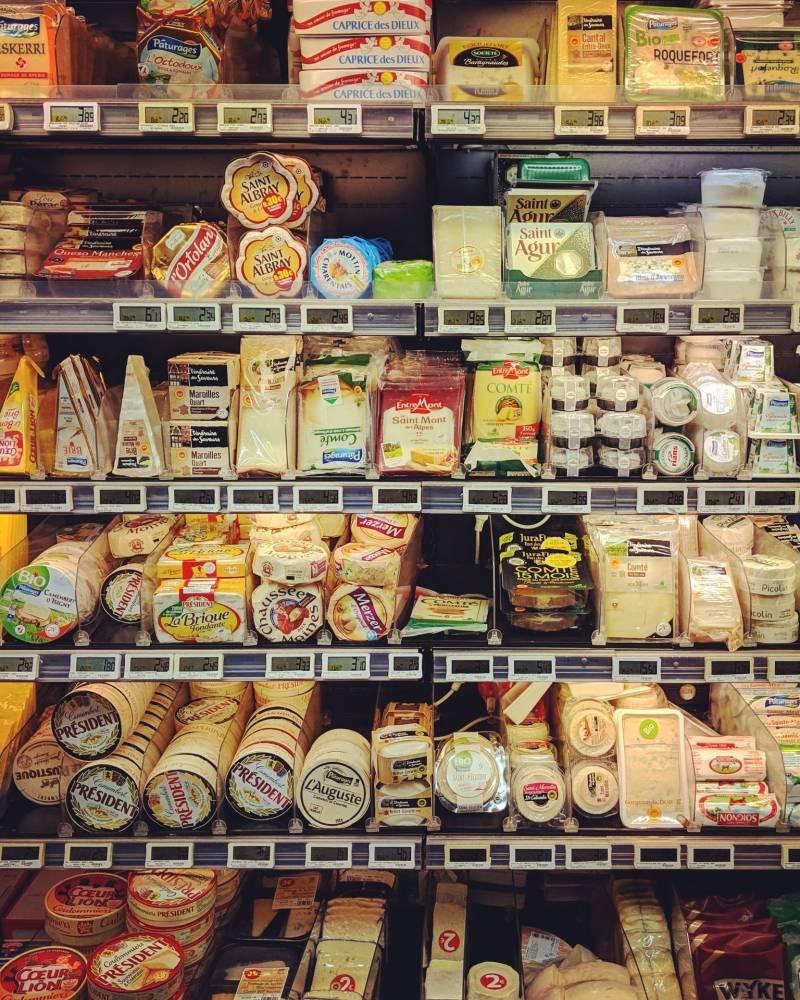
11. France is only the third-largest cheese producing country in the world
After all I have told you, you must be convinced that France is the paradise of cheese, and that it has to be the largest cheese producing country in the world.
Well, not even close! France is only third behind the United States and Germany, and by a large margin. With its 1.89 million tons of cheese, it cannot even compete with the US and their 5.58 millions of tons.
12. There are four main French cheese groups
In France, just like anywhere else in the world, there are a few very important groups that control cheese production in the country.
The biggest one is also the world’s leading cheese manufacturer, “Lactalis” (Président, Salakis, Bridel). “Savencia Fromage & Dairy” is the second one, and it used to be called “Bongrain” (Caprice des Dieux, Coeur de Lion, P’tit Louis). The last ones are Bel (Babybel, Boursin) and Danone (fromages frais).
13. Just like wines, French cheeses have their own AOC label
AOC, or “Appellation d’Origine Contrôlée”, is a label very commonly used in France, not only for wines, but also cheeses and other food in general. It means the designated product is proper to a very specific geographic environment, and that it has been made there.
AOC labels link both natural factors (“terroir”) and human factors (expertise) to the features of the cheese.
14. The first category of French cheeses is white mould cheeses
French cheeses have officially been classified into seven categories. I will talk about them in the next seven facts.
First off are the white mould cheeses, like the “Brie” and the “Camembert”. They are made of cow milk, and rest for 10 to 14 days before becoming creamy over time. Ideally, you will want to eat white mould cheeses after 4 to 5 weeks.
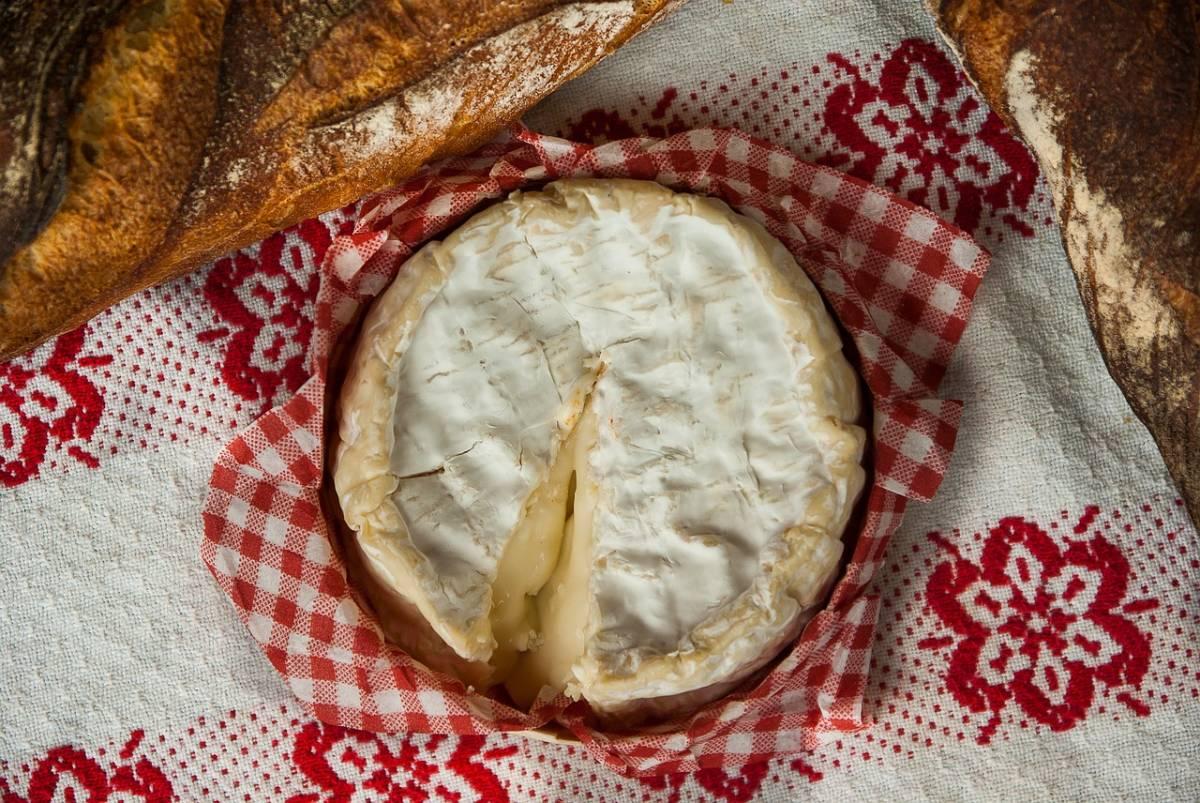
15. The second category of French cheeses is washed rind cheeses
Washed rind cheeses are a bit similar to white mould ones. They include “Munster”, “Maroilles” and “Pont-l’Évêque”.
While the beginning of the production looks like the white mould cheeses, the rest is very different. Washed rind cheeses are sometimes brushed with alcohol, and stocked in a washed room. You will have to wait for 6 to 8 weeks to eat one of these.
16. The third category of French cheeses is uncooked semi-hard cheeses
This is probably the largest category of all, that will fit most people because of how light the taste usually is. A large number of farm-made and traditional cheeses are part of this category, like “Morbier”, “Tomme” as well as the very famous “Raclette”.
The temperature of the milk is raised to precisely 36 °C / 96.8 °F. You can find lots of abbey cheeses in this third category.
17. The fourth category of French cheeses is hard cheeses
The most annoying cheeses to eat in France are most probably hard cheeses. Why? Well, because they are… hard. This means that it can get sometimes a bit complicated to slice them, but when you are done, enjoy!
These cheeses are generally big and round, and are mostly mountainous, like “Comté” or “Beaufort”. They take a very long time to ripe perfectly though, from a few months to several years!
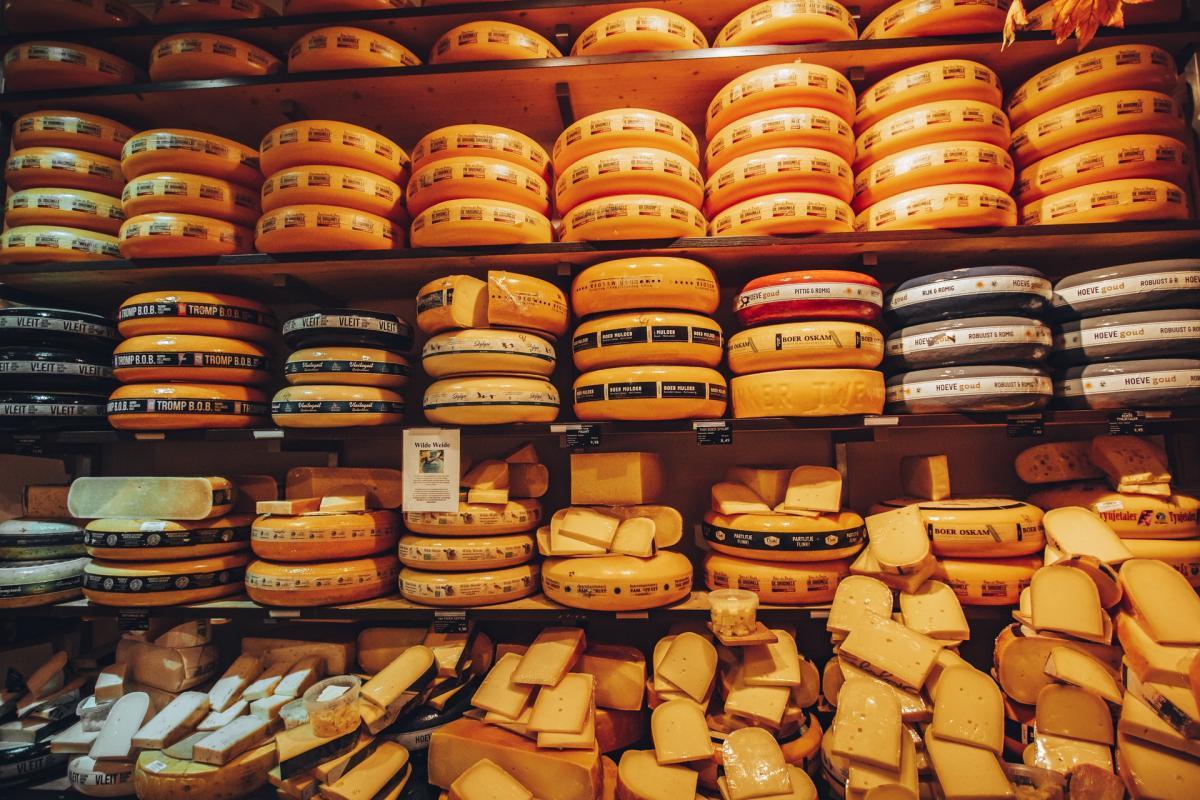
18. The fifth category of French cheeses is blue cheeses
You have probably heard of blue cheeses already: these literally mouldy cheeses disgust lots of people. If you do not think about what you are eating, trust me, it is simply delicious!
The most famous blue cheeses are “Bleu”, “Fourme d’Ambert” and “Roquefort”. They are called this way because of the blue-green mould inside them.
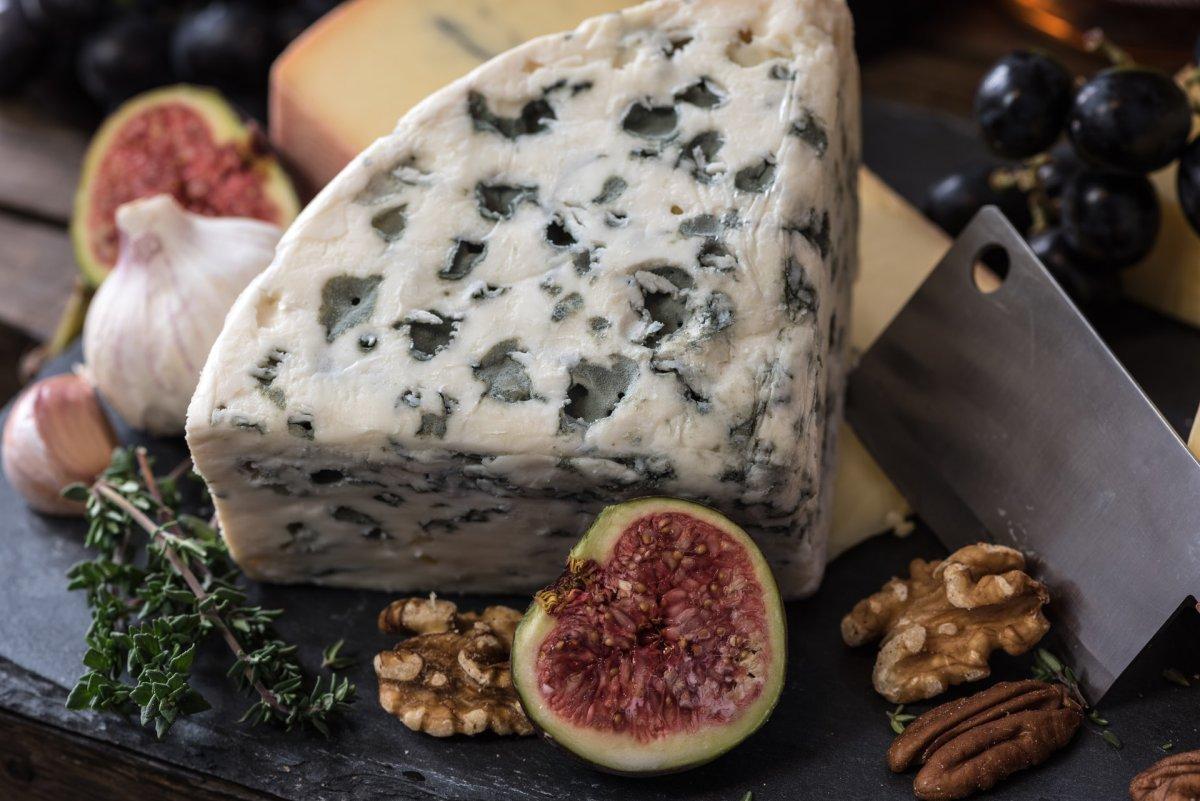
19. The sixth category of French cheeses is goat milk cheeses
Goat milk cheese is made thanks to… goats! Most cheeses around the world use cow milk, but this category has tons of lovely products that you will want to taste. Goat cheeses have a very unique flavor that not everyone likes.
Famous goat cheeses include “Fleur du Maquis”, “Rocamadour” and “Soignon”. They generally come from small farms.
20. The seventh category of French cheeses is ewe milk cheeses
Last but definitely not least, ewe milk cheeses are also very popular in France. The most famous of them is by far the “Ossau-Iraty”.
In case you do not know it, ewe milk is very strong, but barely produced (around one liter of milk per day). It is richer though, which gives it its special taste and character.
21. There are several sayings about French cheese
Several famous people had several famous sayings for French cheese.
“How can you be expected to rule a country that has over 200 kinds of cheese?” – Charles de Gaulle
“Any country with 300 kinds of cheese cannot die” – Winston Churchill
“A meal without cheese is a beautiful girl that lacks an eye” – Brillat-Savarin (who shares the name of a French cheese as well)
22. Raclette is now produced industrially but originally it was very special
You must have heard of raclette, a cheese lots of people in France absolutely love and eat a lot during winter. It actually comes from Switzerland though!
When you are eating with friends, raclette is the most popular and the easiest way. Now, you can find it everywhere in supermarkets, in slices. Originally though, its name comes from the fact that you had to scrape the hot cheese as a whole.
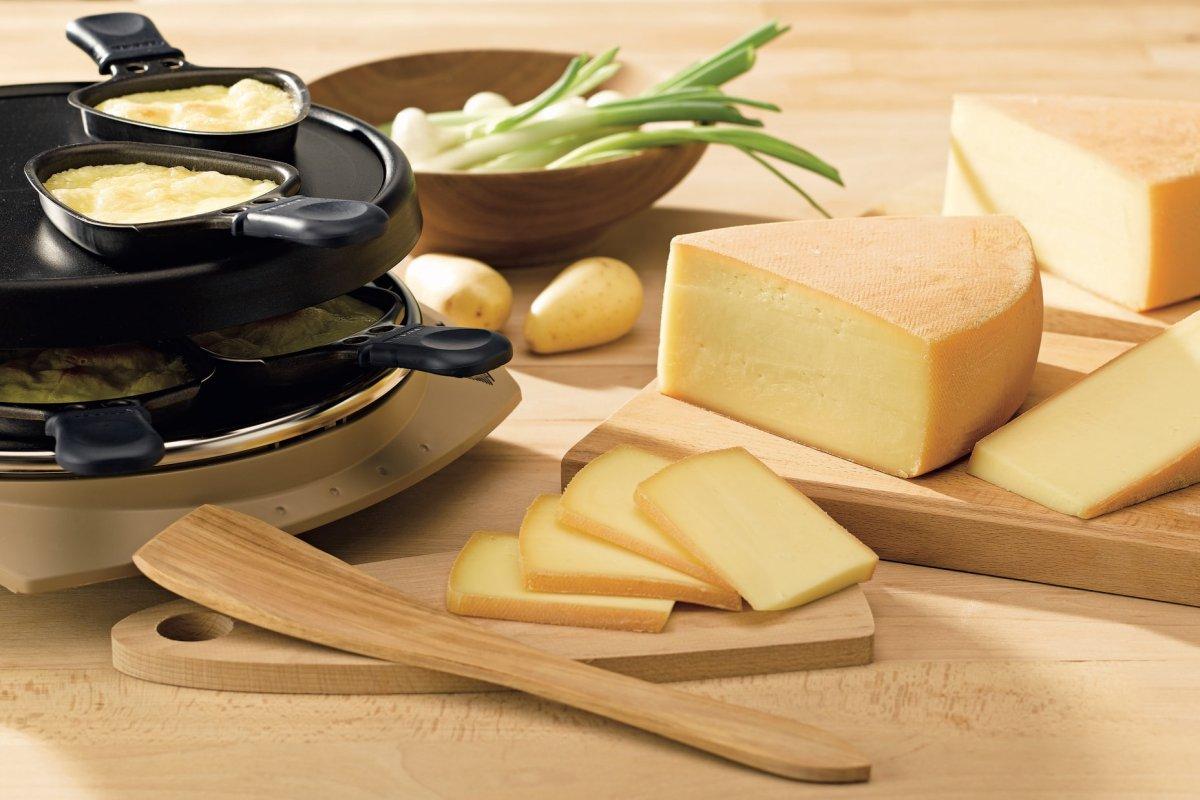
23. There is a World Championship cheese contest, but the French are not that good
Since 1957, the World Championship cheese contest has been in place and rewards every year the supposedly best cheesemonger on the planet.
Quite surprisingly, while the French have won a few times, they are not as good as you thought they’d be. This might be because this contest is in the United States though. Lots of the winners are Dutch, Swiss or American.
24. If you do not know how to make cheese, there are dedicated schools to that in France
You might think that either you know how to make cheese because your family taught you how to or you simply do not, but in France there are special schools to learn how to make cheese.
ENIL, or “Écoles Nationales d’Industrie Laitière” were created to train future cheese makers in both artisanal and industrial productions.
25. French cheese is exported even more than it is eaten there
French cheese is simply the king of exports. Foreign trades generate a surplus of around 4 billion € every year. It is not that surprising though, considering how good the French cheese reputation is: everyone wants a bite!
Other dairy products that are exported are powdered milk and yogurts. Cheese remains the most exported dairy product by far with 44 percent.

That’s it for the best 25 cheese in France facts…. Wait, did I say 25? Yes, because there are 10 more, coming right up!
More France Cheese Facts
French cheese is so complex and so interesting that I just cannot stop after only 25 facts.
Here, have 10 more of them.
26. There is a proper way of eating cheese in France
If you want to know how to eat cheese in France, there is an actual guide about that. The French cheese etiquette is very serious and you should follow it if you want to eat the authentic French way.
Of course, if you are eating with close friends or family, these rules are relaxed. But whether you are eating at a restaurant or you want to impress your friends, you should learn about some rules.
27. Rule #1 for eating cheese: cheese is not a snack
In the United States, you will often see cheese being served before dinner. This is something that almost never happens in France. It is not considered a snack you can put on a cocktail stick alongside some tomatoes or onions.
Cheese is often served on a “planche”, a board with several types of cheese, charcuterie (cured meats) or both.
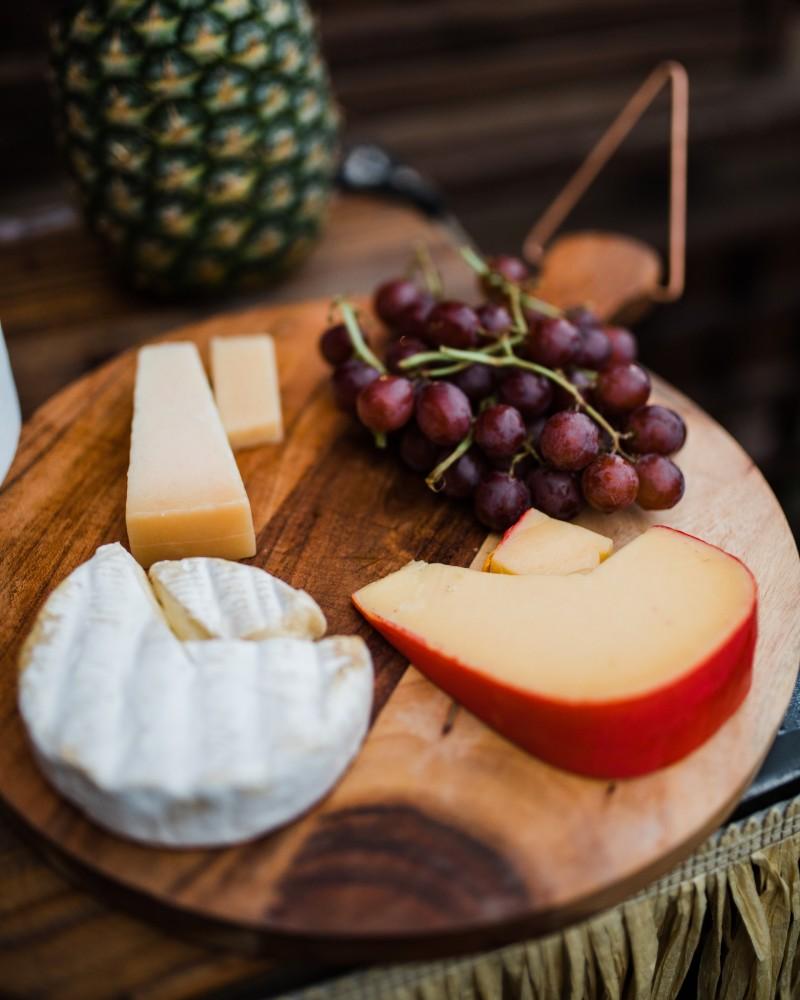
28. Rule #2 for eating cheese: you eat cheese before dessert
In the United Kingdom, people very often end their meal with cheese with some grapes. While that may sound like a fancy way (so… a French way?) of eating, French people do not finish their meal with cheese.
Just think about the smelly breath everyone would have after dinner, especially if you were eating stinky cheeses like Camember or Munster.
29. Rule #3 for eating cheese: if you are thirsty, drink red wine
You will probably remember to have a few bottles of wine if you want a genuine French meal. However, and this is almost sacred, try to save one for the cheese course.
Which wine to pair with which cheese is a pretty controversial debate, but what people often do is to use red wine with a cheese from the same region.
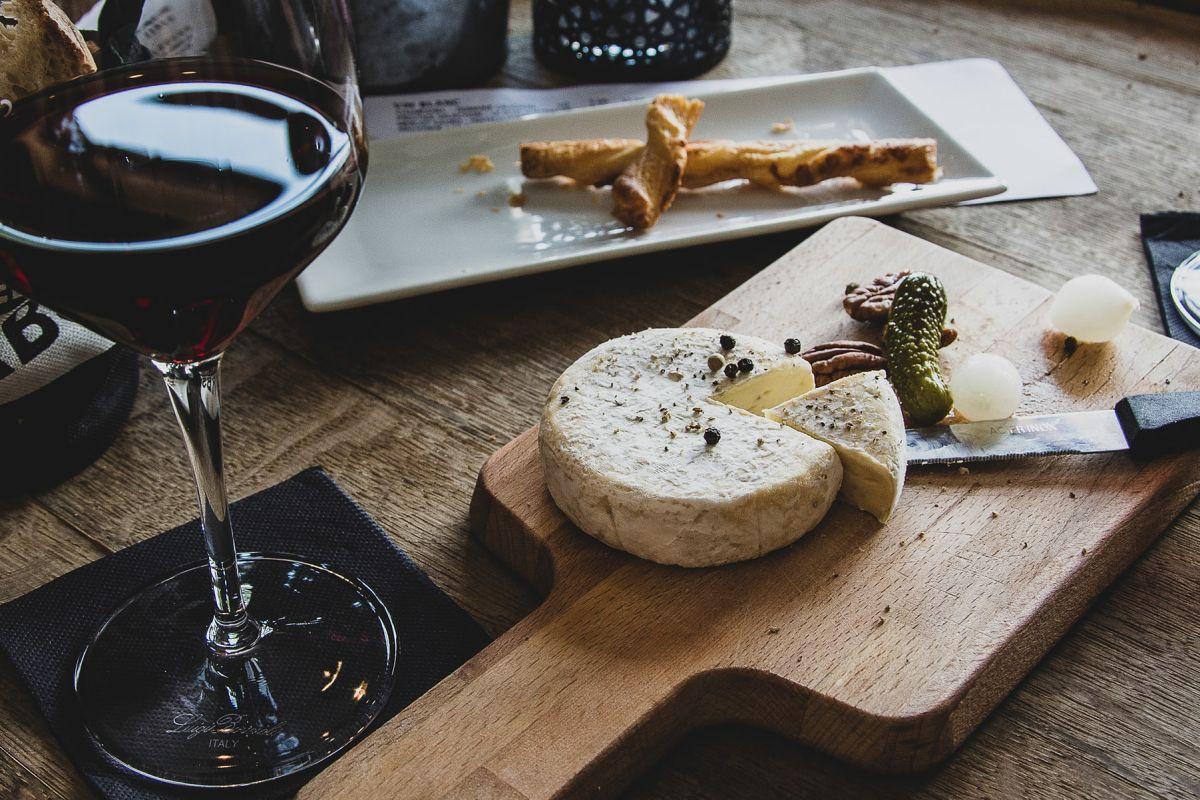
30. Rule #4 for eating cheese: cutting cheese is an art
Yes, even for cutting cheese, there is a specific rule. There is a right and a wrong way, but this one depends on the shape.
Round cheeses need to be cut in triangular cake slices. Rectangular cheeses are cut in slices, parallel to the rind. You will want to slice triangular cheeses (like Brie) along the side of the wedge, because the tip of the cheese is the tastiest. Same goes for Roquefort, but you will need to cut it diagonally to leave as much of the tip as possible to others.
31. Rule #5 for eating cheese: you should respect the order
Generally, you will always want to eat French cheeses from mildest to strongest. For instance, you could start with Brie which is very light and airy, before moving on to goat cheese and finishing with Camembert.
This is actually thought through: your taste buds will let you appreciate the best of each of these cheeses if you do it this way.
32. No one really knows if you are supposed to eat the rind
Even French people hesitate a lot when it comes to the rind, or “croûte” as they say. On some cheeses, it seems very obvious to eat the rind, because it is part of the product. For instance, you would never only eat the creamy part of Camembert. On some others, it is very hard and smelly.
In any case, follow your guts, there is no proper rule for the rind!
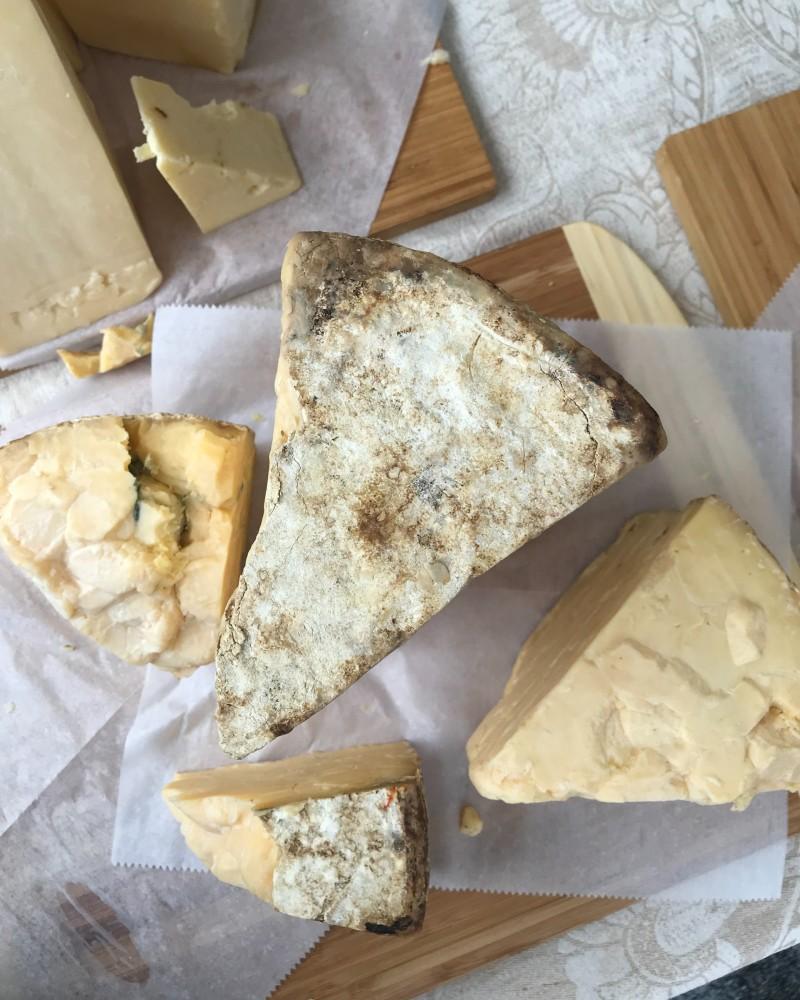
33. You will never see cheese stored in plastic wrap in France
Plastic wrap might sound like a good idea to store your cheese, and maybe lots of people use it in the world, but you will never see that in France.
Plastic wrap suffocates the cheese and is something you should never be doing. Instead, French people put cheese in a special box in their fridge.
34. There was a huge cheese robbery in France
French cheese is so valuable that there was a huge cheese robbery in eastern France, in November 2015. Four tons of Comté cheese were stolen directly from the warehouse and were worth 40,000 €.
Cheese is so good that it drives people crazy. When you are considering stealing cheese to earn tons of money, this truly means that you are in the cheese heaven that France is.
35. French cheeses have several surprising records
Last, let me quickly tell you about some of the best records of French cheese:
- Beaufort is the highest (1,980 m to 2,438 m/6,500 ft to 8,000 ft)
- Picodon is the lowest (2 m / 6.5 ft below sea level)
- Comté is the oldest (24 to 36 months)
- Truffle stuffed Brie is the most expensive (more than 50€ / $60)
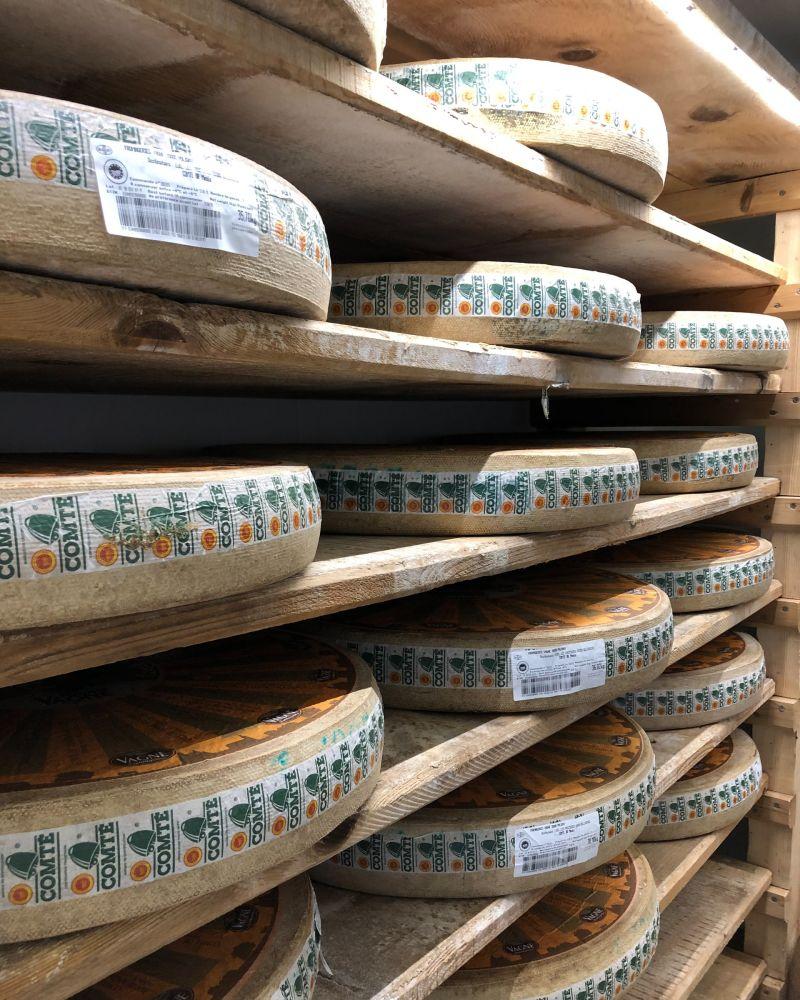
So there you have them, these were all my 35 interesting facts about French cheese. I hope you enjoyed them and that you learned something new today.
In case you want to learn more about the rest of the country, feel free to keep reading, as I still have lots of things to tell you about.
More Facts!
Want to learn more facts about France?
Well, I have other France facts posts I’m sure you’ll love reading!
Here is the main guide of the best France facts 👉 The 60 Best Facts about France
Check out these France facts by city:
- Facts about Paris
- Facts about Lyon
- Facts about Marseille
- Facts about Strasbourg
- Facts about Nice
- Facts about Bordeaux
- Facts about Toulouse
- Facts about Cannes
Or these French facts by region:
- Facts about Brittany
- Facts about Normandy
- Facts about Corsica
- Facts about French Guiana
- Facts about Guadeloupe
- Facts about Martinique
You can also check these French facts by topic:
- Facts about French food
- Facts about French people
- Facts about the Tour de France
- Facts about the French language
- Facts about French schools
- Facts about Easter in France
- Facts about fashion in France
- Facts about Christmas in France
- Facts about the French Alps
- Facts about Disneyland Paris
Or click here to see ALL the facts up on the blog! Spoiler alert: there’s A LOT of them.
The Full List of 35 French Cheese Facts
- The origins of cheese are not very clear
- There are more than 1,000 types of cheese in France
- French cheese has a very good reputation
- François Rabelais included cheese in his Holy Trinity of the French table
- French cheese has a positive image in terms of health
- Cheese is intensively consumed in France
- The first way of producing cheese is the farm way
- The second way of producing cheese is the artisanal way
- The third way of producing cheese is the industrial way
- You can buy cheese everywhere in France
- France is only the third-largest cheese producing country in the world
- There are four main French cheese groups
- Just like wines, French cheeses have their own AOC label
- The first category of French cheeses is white mould cheeses
- The second category of French cheeses is washed rind cheeses
- The third category of French cheeses is uncooked semi-hard cheeses
- The fourth category of French cheeses is hard cheeses
- The fifth category of French cheeses is blue cheeses
- The sixth category of French cheeses is goat milk cheeses
- The seventh category of French cheeses is ewe milk cheeses
- There are several sayings about French cheese
- Raclette is now produced industrially but originally it was very special
- There is a World Championship cheese contest, but the French are not that good
- If you do not know how to make cheese, there are dedicated schools to that in France
- French cheese is exported even more than it is eaten there
- There is a proper way of eating cheese in France
- Rule #1 for eating cheese: cheese is not a snack
- Rule #2 for eating cheese: you eat cheese before dessert
- Rule #3 for eating cheese: if you are thirsty, drink red wine
- Rule #4 for eating cheese: cutting cheese is an art
- Rule #5 for eating cheese: you should respect the order
- No one really knows if you are supposed to eat the rind
- You will never see cheese stored in plastic wrap in France
- There was a huge cheese robbery in France
- French cheeses have several surprising records
Share the knowledge! Click on the buttons below to share these facts with your friends, and help them learn more about the world 🙂
Pin this to Pinterest!
Enjoyed this guide? Then help a fellow traveler and pin it! They'll most definitely love you for it, 100% guarantee.
